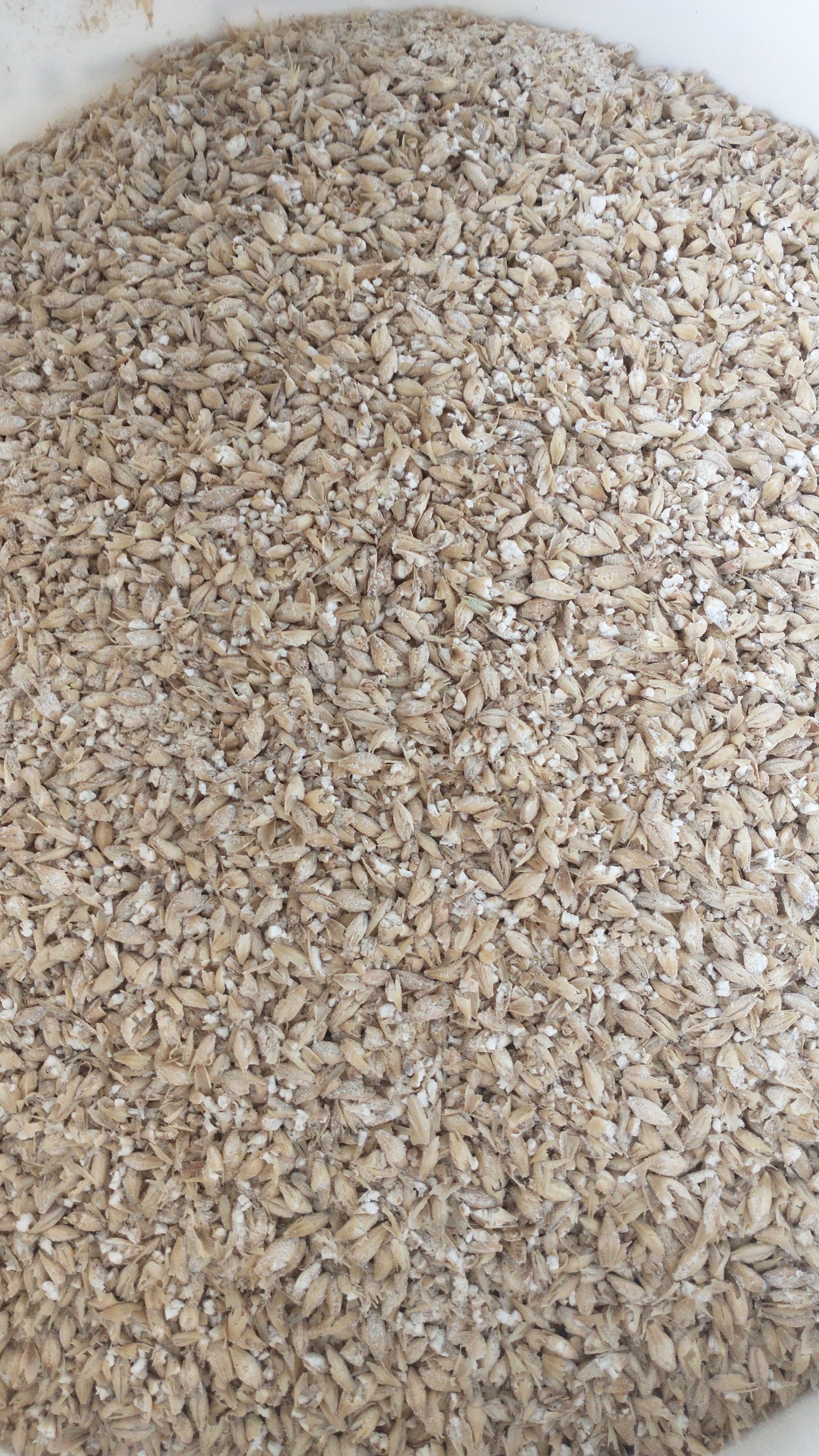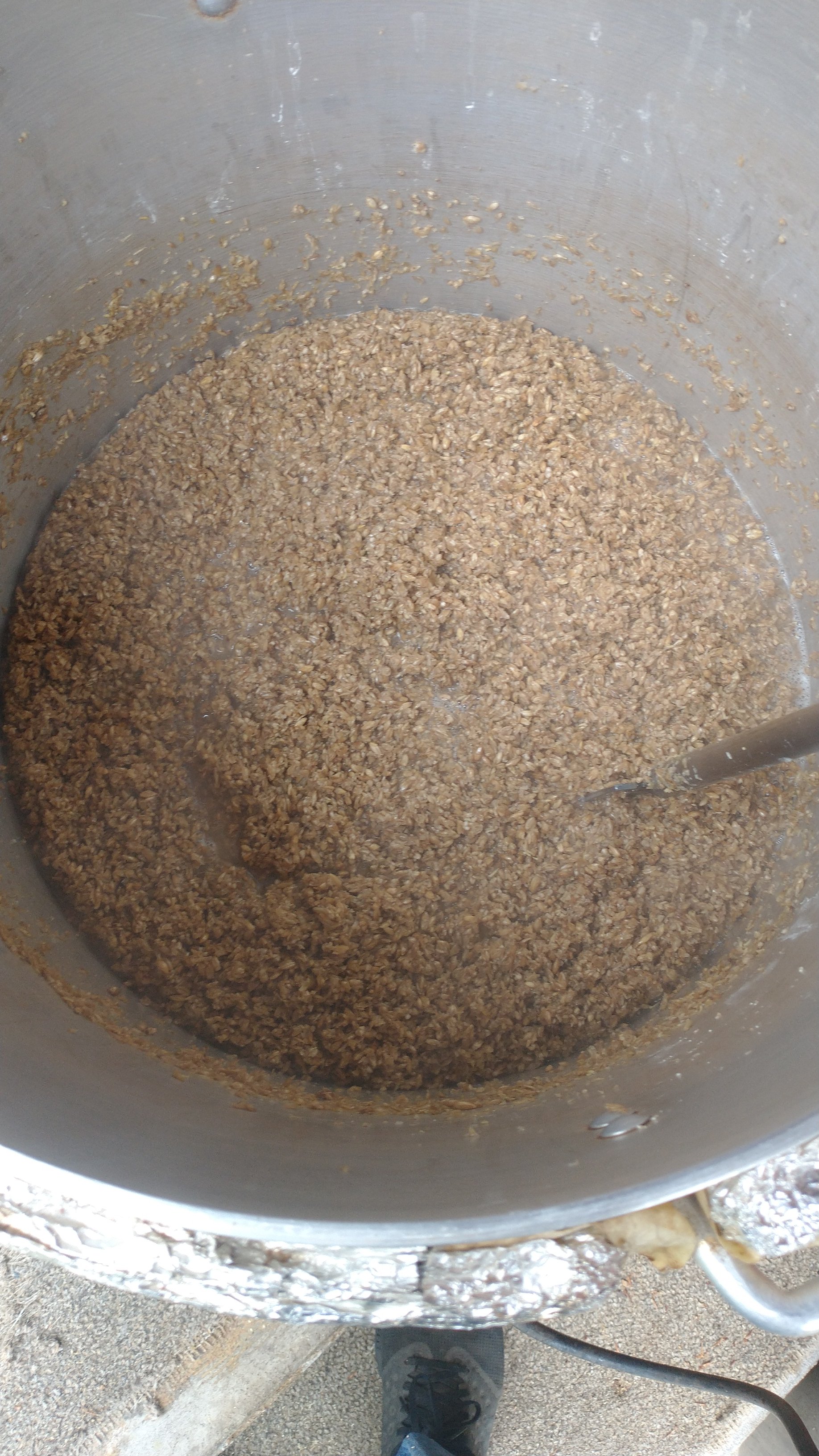user 338926
Well-Known Member
- Joined
- May 1, 2023
- Messages
- 213
- Reaction score
- 183
I made a decoction brew yesterday and I ran into a number of strange things. I brewed a beer that I have brewed many times before with reasonably consistent results. It's an 18 lb grain bill for 10 gallon batch. -11 to FV. I have always done single infusion mashes before and even with playing with the mill Gap, OG has always run between 1.039 and 1.043 let's say. Finish volume also varies a little bit and I don't stress over it or correct it. So it adds to my variation of og.
Yesterday I did what was planned to be a double decoction, but more on that later. I ended up with a OG of 1.055. That's a pretty huge Improvement in efficiency. Is that normal?
I've got one of those 10 gallon Igloo cooler mash tuns. Beer Smith said to use 9 gallons of water for my amount of grist but I can't fit 9 gallons in it. So I chose 7.5. Even with only 7.5, I was unable to raise the temperature of the mash at each step using the amount of grist I could capture. My target steps were at 122, 142 and 158. I started a tiny bit warm at about 123.5, pulled as much grist as I could and when I added it back, I made it to 137.5. So I had to pull it again and boil it again in order to get up to 142. Same thing happened on the way to 158 except this time after two boils I still haven't reached 158. So I figured 156.5 was good enough.
For the first decoction, I pulled the grist and I raised it to 158 and held it there for 15 minutes as I have seen suggested some places. So that did get a sach rest before I boiled it. It did not take long to get there so it didn't get much of a rest at the 140 range.
I would have expected beer Smith to tell me my estimated ABV or whatever would have been higher if this was a normal thing. I used my same recipe but simply changed the mash profile. All else remained the same. And in fact the 7.5 gallons used initially is what I would do with a single infusion. All the water additions were the same. I confess I did not check the pH but I'll go out on the limb and say it was 5.4 as the last ones have been.
Any insights as to why this was so different?
Yesterday I did what was planned to be a double decoction, but more on that later. I ended up with a OG of 1.055. That's a pretty huge Improvement in efficiency. Is that normal?
I've got one of those 10 gallon Igloo cooler mash tuns. Beer Smith said to use 9 gallons of water for my amount of grist but I can't fit 9 gallons in it. So I chose 7.5. Even with only 7.5, I was unable to raise the temperature of the mash at each step using the amount of grist I could capture. My target steps were at 122, 142 and 158. I started a tiny bit warm at about 123.5, pulled as much grist as I could and when I added it back, I made it to 137.5. So I had to pull it again and boil it again in order to get up to 142. Same thing happened on the way to 158 except this time after two boils I still haven't reached 158. So I figured 156.5 was good enough.
For the first decoction, I pulled the grist and I raised it to 158 and held it there for 15 minutes as I have seen suggested some places. So that did get a sach rest before I boiled it. It did not take long to get there so it didn't get much of a rest at the 140 range.
I would have expected beer Smith to tell me my estimated ABV or whatever would have been higher if this was a normal thing. I used my same recipe but simply changed the mash profile. All else remained the same. And in fact the 7.5 gallons used initially is what I would do with a single infusion. All the water additions were the same. I confess I did not check the pH but I'll go out on the limb and say it was 5.4 as the last ones have been.
Any insights as to why this was so different?








